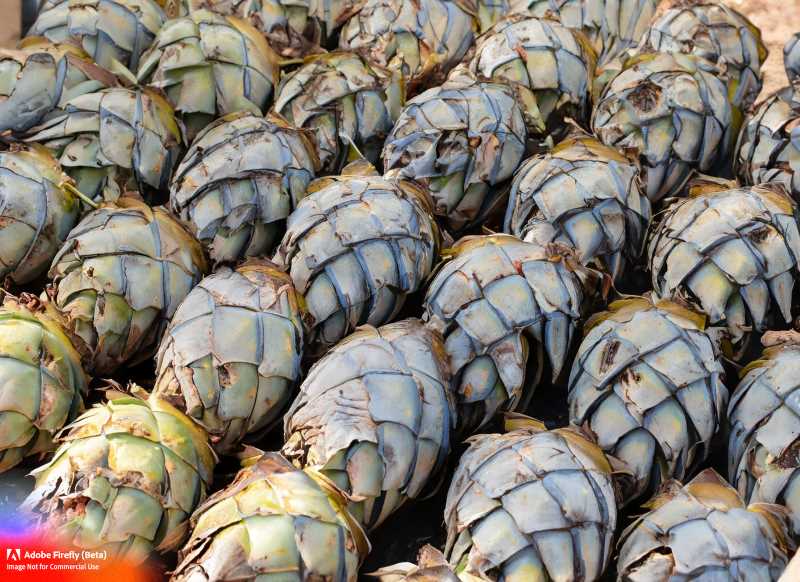Tequila or not Tequila? A Comprehensive Guide to the World's Most Misunderstood Spirit
Tequila or not Tequila? Discover the truth about the world's most misunderstood spirit. Learn about its history, production, types, myths, cocktails, and potential health benefits. Sip and savor the complexities of tequila like a fine whiskey or cognac.





